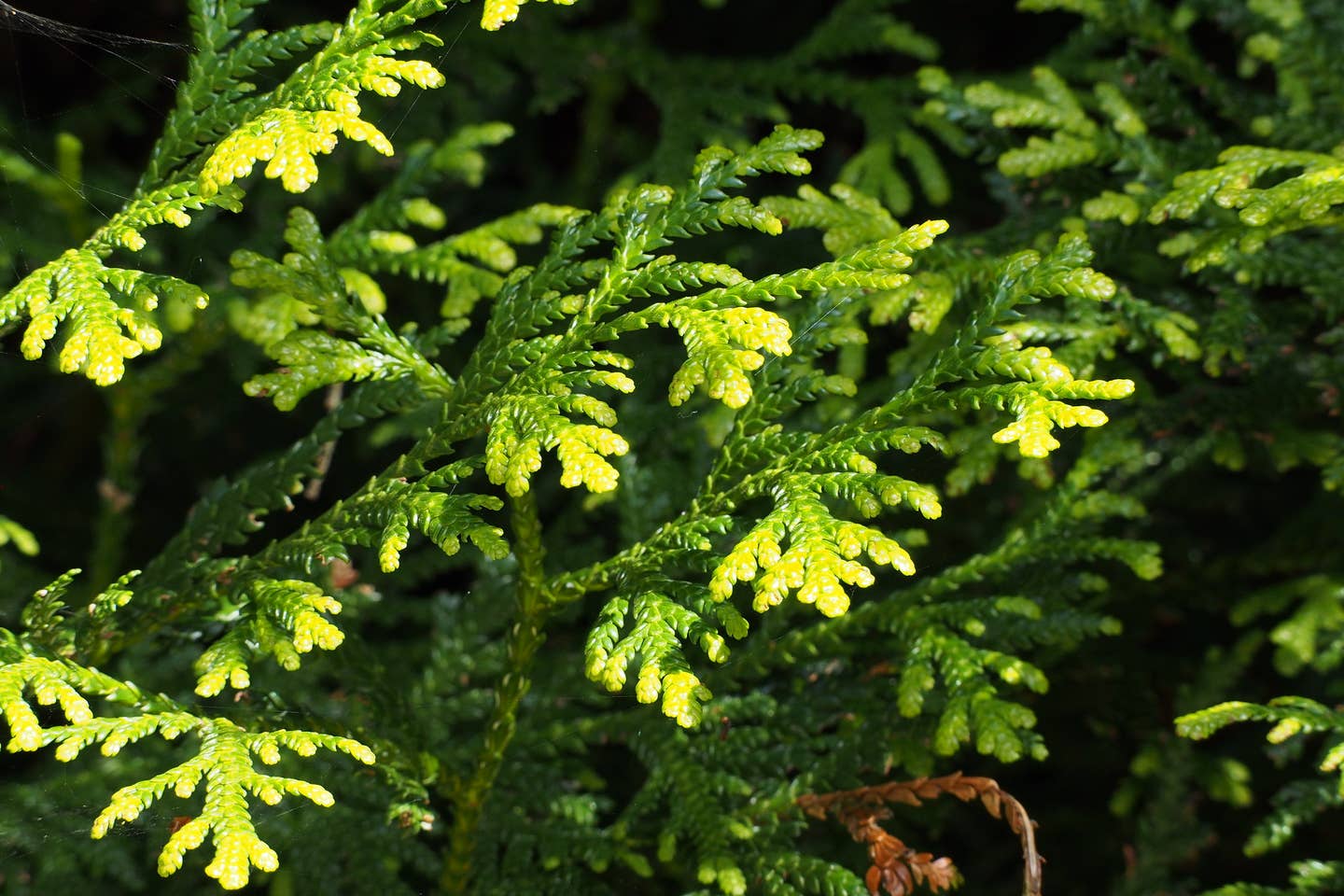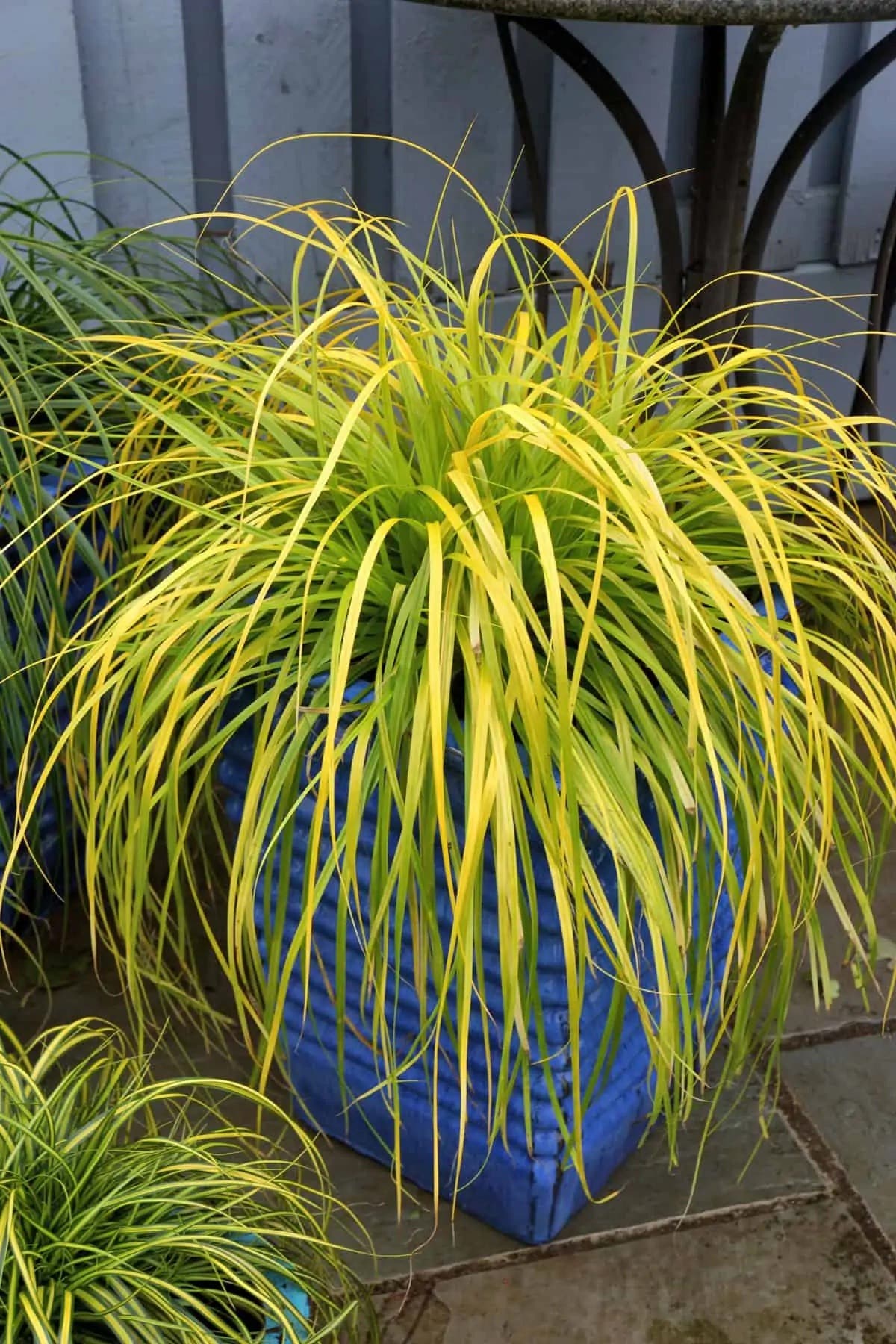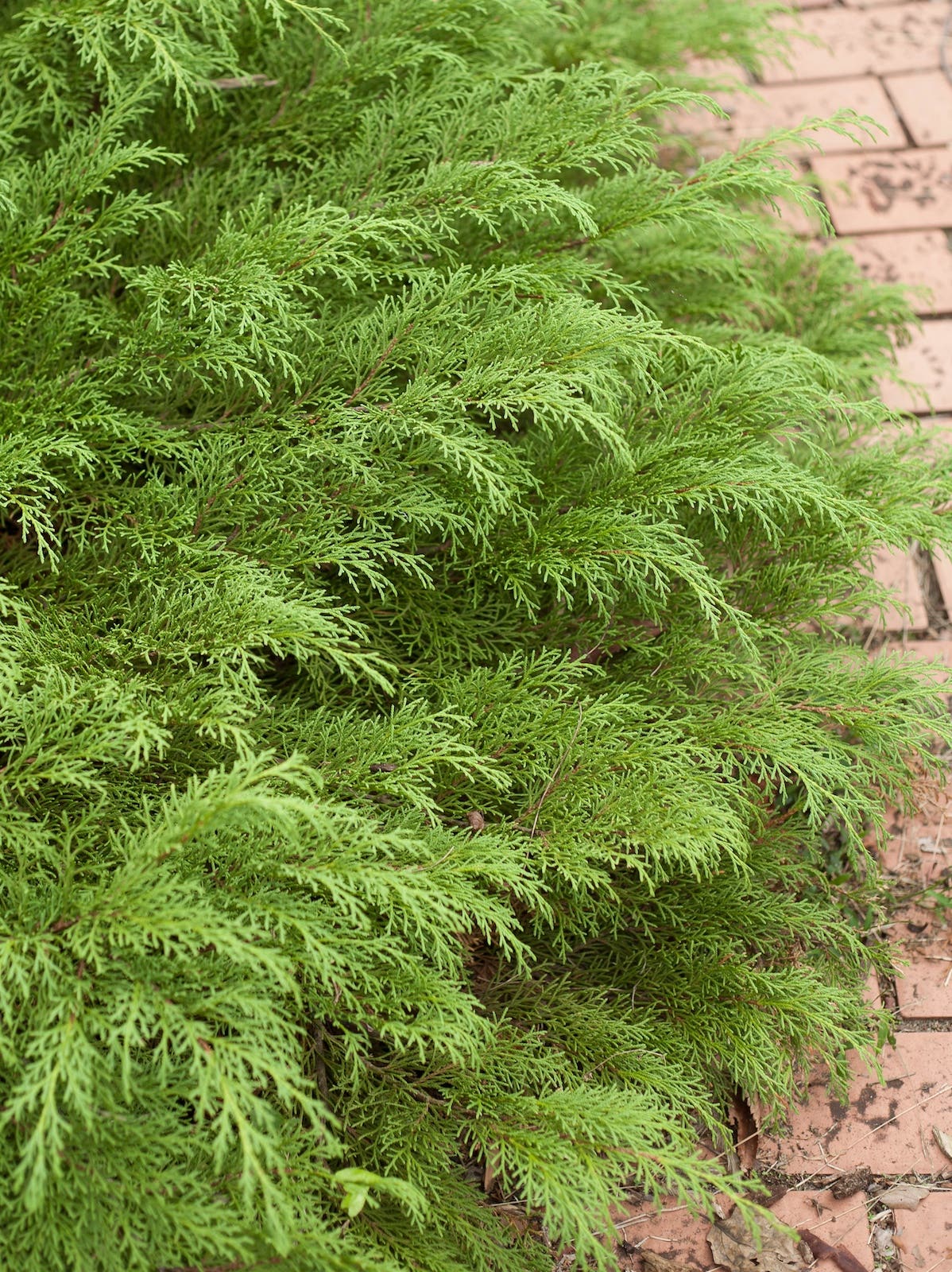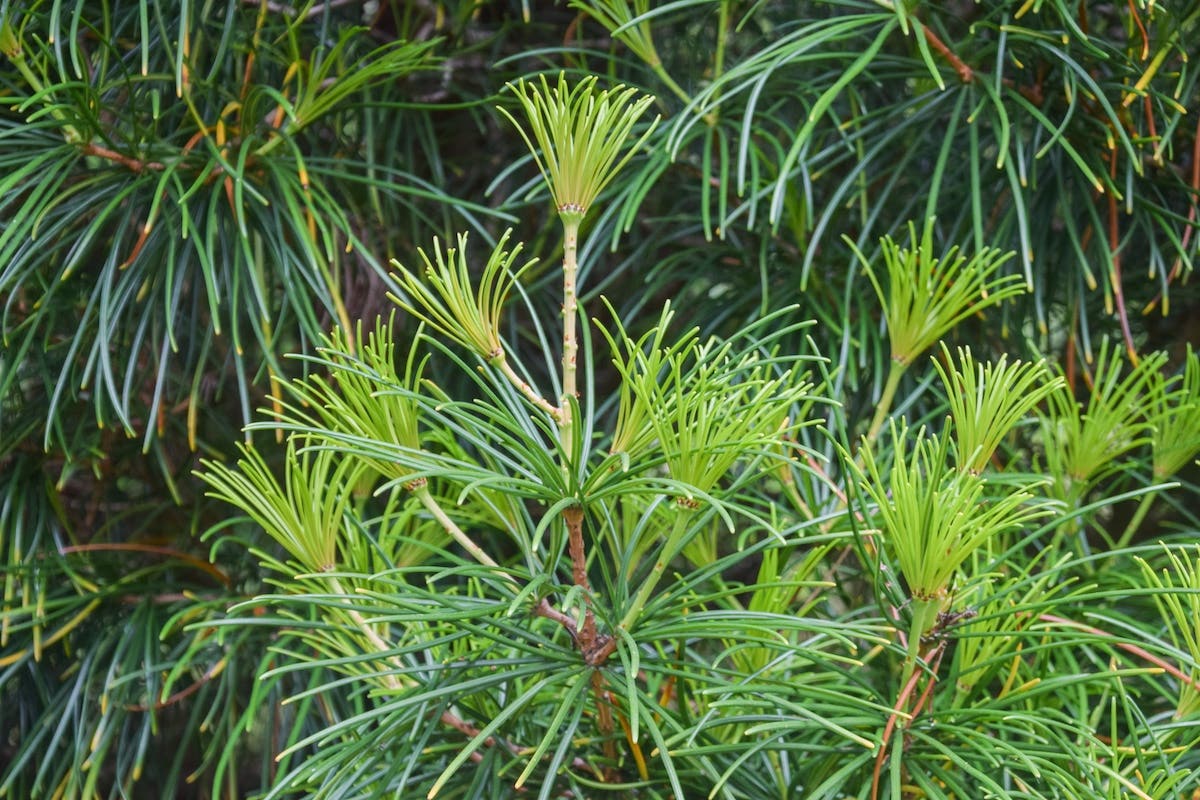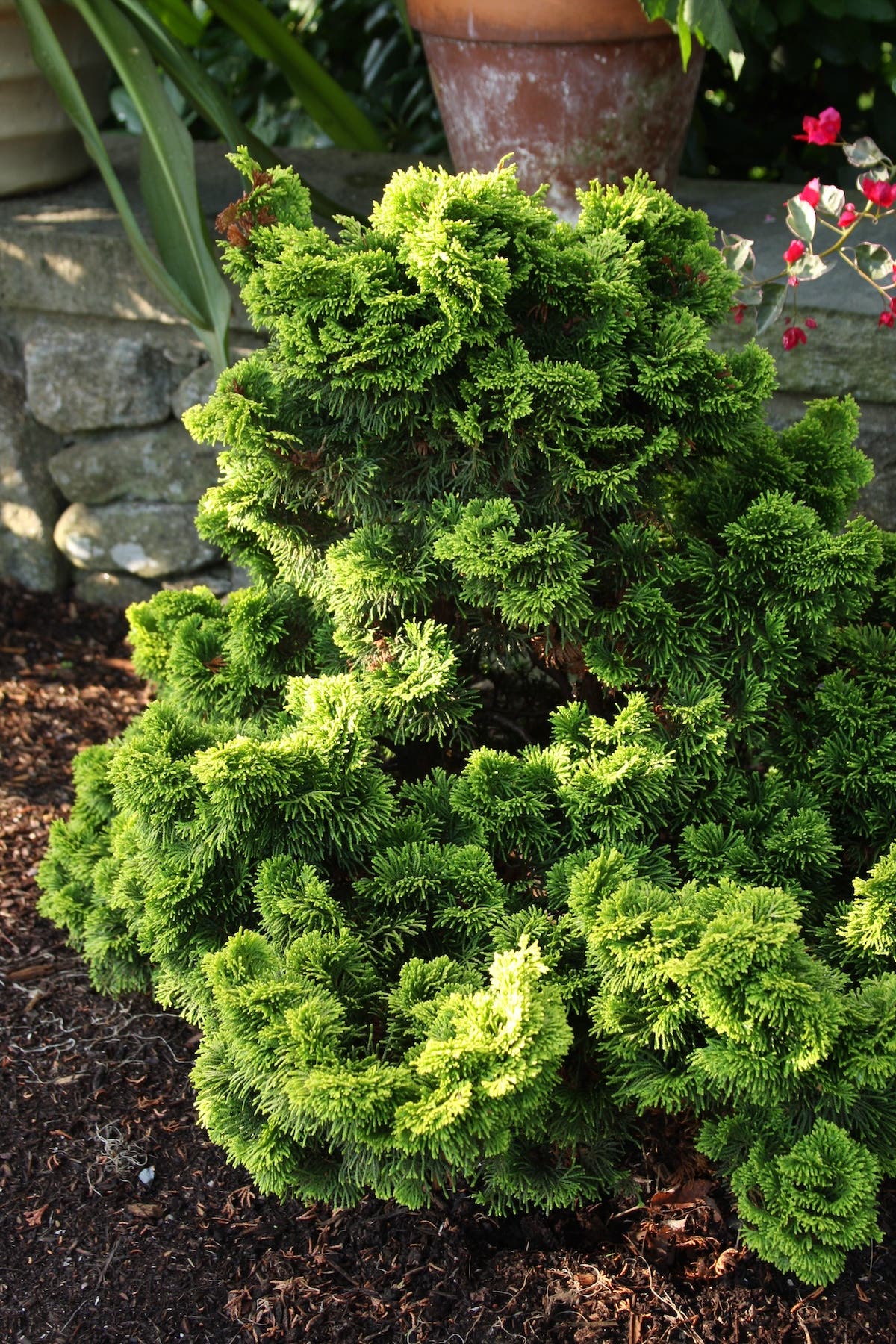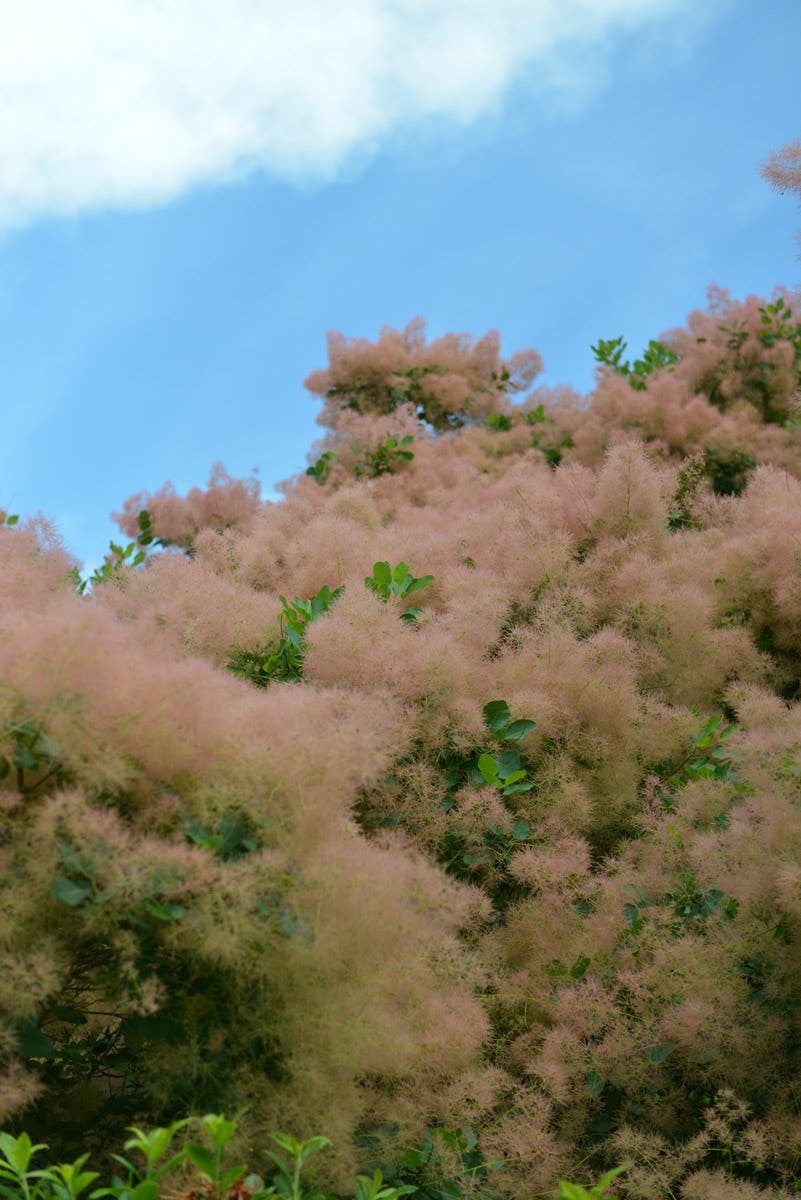The Next Classic Lilacs
Today we have available from nurseries a number of other species and their hybrids that offer not only sweet-smelling blooms but splendid habit and leaves that stay fresh and healthy all summer. Some of them also color handsomely in autumn…
I am tired of reading articles disparaging the lilac. We are told of its brief period of bloom—a week, two weeks if we’re lucky. We are warned that its leaves become marred by mildew in the summer, that they contribute no autumn color, and that the shrub possesses an ugly gangly habit. These articles are referring, of course, to the old-fashioned common lilac, Syringa vulgaris, with its twisted shaggy trunks and glorious purple and white plumes. A native of Europe, it has nevertheless graced the corners of New England and Midwestern farmhouses for more than two centuries. I, for one, will always have it in my garden. I love its appropriateness, its lavish trusses, their unparalleled fragrance. For these pleasures I will suffer less-than-perfect leaves and lack of fall color.
However, what the detractors fail to mention in their articles is that the world of lilacs is richly varied. Today we have available from nurseries a number of other species and their hybrids that offer not only sweet-smelling blooms but splendid habit and leaves that stay fresh and healthy all summer. Some of them also color handsomely in autumn.
Four Standouts
The so-called Chinese lilac, Syringa xchinensis, has leaves half the size of those of S. vulgaris and looser flowers. In our garden, this billowy shrub has matured to about ten feet high and eight feet wide. Chinese lilac, a hybrid first discovered in France in 1777, does not have the range of flower colors in its cultivars that common lilac does, coming mostly in soft purple and a white tinged with the palest mauve. And the flowers themselves are not quite as showy, being looser and more delicate. However, the plant is more floriferous than the common lilac. With its exceptionally graceful habit, it makes a lovely specimen; planted in quantity, it creates a splendid screen.
The littleleaf lilac, S. pubescens subsp. microphylla ‘Superba’, is a favorite of mine, blooming later than both the common and the Chinese. The shrub grows wider than it does tall, maturing at about seven feet wide and six feet high. The flowers start out a vivid red-violet and fade to pale pink. They are intensely fragrant, so much so that a handful of blooms brought inside for a vase will drive you out of the room. Mildew does not mar the quite small (two-inch) leaves. The most unusual feature of this lilac, however, is its habit of reblooming lightly in August, to everyone’s surprise. Butterflies often visit the delicate summer flowers.
The dwarf Korean lilac, S. meyeri ‘Palibin’, deserves its popularity. It has tiny leaves of dark green, not much bigger than a thumbnail, and a densely compact habit, topping out at five feet. It can be kept to three feet. It flowers profusely, covering itself with small mauve-purple trusses that emit a heady fragrance. In October, the foliage turns russet hues, a picturesque addition to the fall garden. Because of its relatively small size and stellar habit, the dwarf Korean lilac works well in the mixed flower border. Underplant it with Geranium macrorrhizum and add lavender-colored iris as a companion; they bloom at the same time. Nurseries sometimes sell standards of this lilac—it clips beautifully—and I have seen these used to dramatic effect in garden beds. As an experiment, we have just planted a hedge of ‘Palibin’ around the herb garden, and I intend to clip it into a formal line each year after it blooms.
Many consider S. pubescens subsp. patula ‘Miss Kim’ the finest example of the clan. It grows to about six or seven feet with a graceful habit and healthy foliage that turns a beautiful coppery bronze in autumn. ‘Miss Kim’ usually blooms in our garden during the first week in June, the last of the lilacs to go. Purple buds open to icy pale blue flowers. One bush that we planted on the terrace just outside the kitchen door fills the air there with its heady fragrance for at least two weeks.
Keep the Common
As for the common lilac, those of us who are willing to grow it are rewarded with an endless choice of lush colors, ranging from white and creamy yellow to pink, wine red, and the palest and deepest purples. Garden designer and plantsman Hitch Lyman grows 250 cultivars of S. vulgaris in his garden in Ithaca, New York. Asked why he remains so obviously partial to this lilac, he explains that in his neutral soil and very cold climate it is the only large-flowered shrub that offers the collector any variety. (The late Fr. John Fiala, a renowned hybridizer, notes there are almost 2,000 named hybrids derived from S. vulgaris in his monograph on the genus.)
Varieties of the common lilac seem to bloom more lavishly every other year, like many crab apples. Don’t expect them to bloom well in the shade; they love the sun, and they appreciate a little sweetness in the soil. When we empty the ashes from our fireplaces in the spring we spread them under the lilacs. But even with no attention at all, they are astonishingly long-lived, often outlasting the houses at which they were planted. Cherished by the colonists, they are now part of our heritage. My advice is to grow both—the old-fashioned lilac for its extravagant blooms, the novel species for their value as handsome shrubs in the garden.


